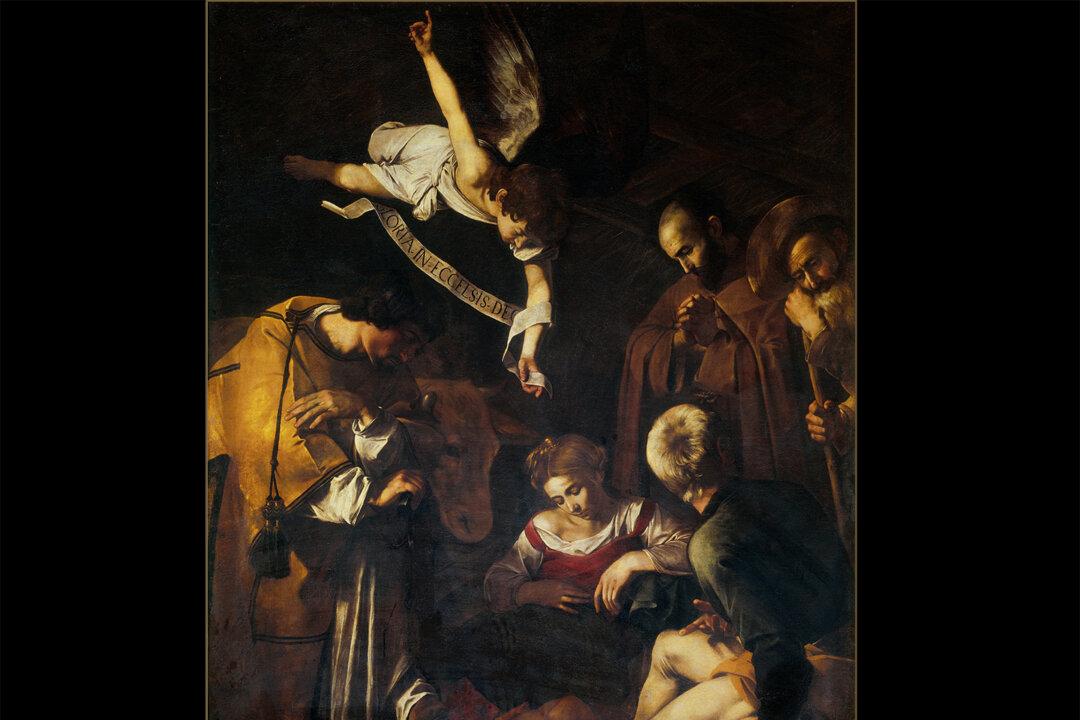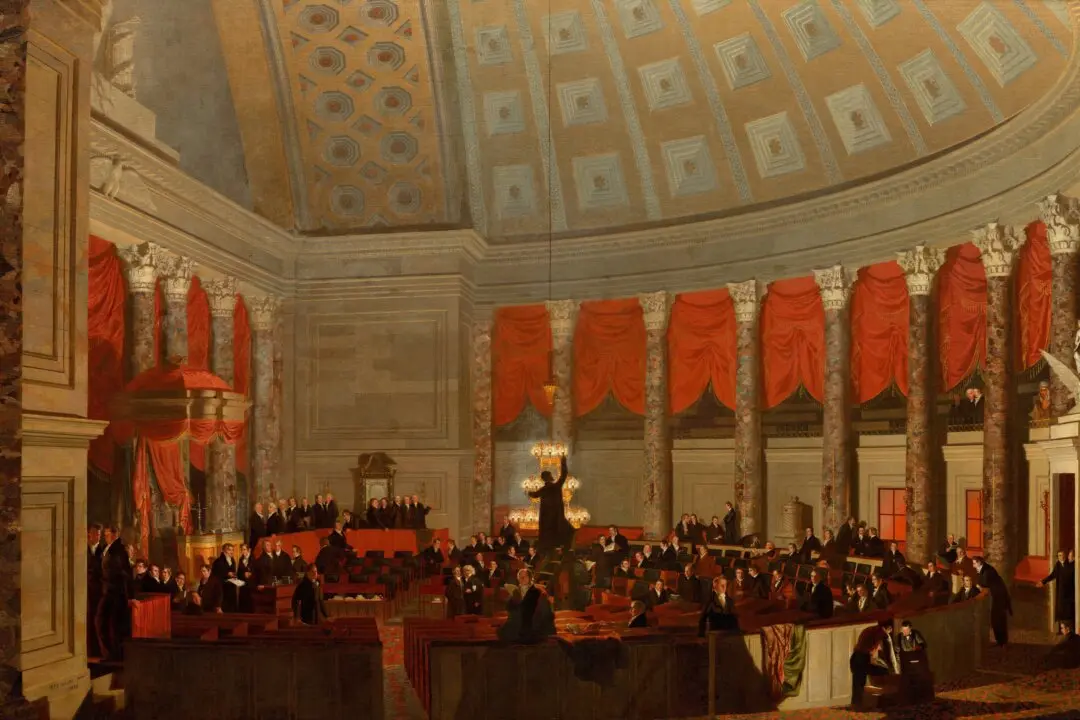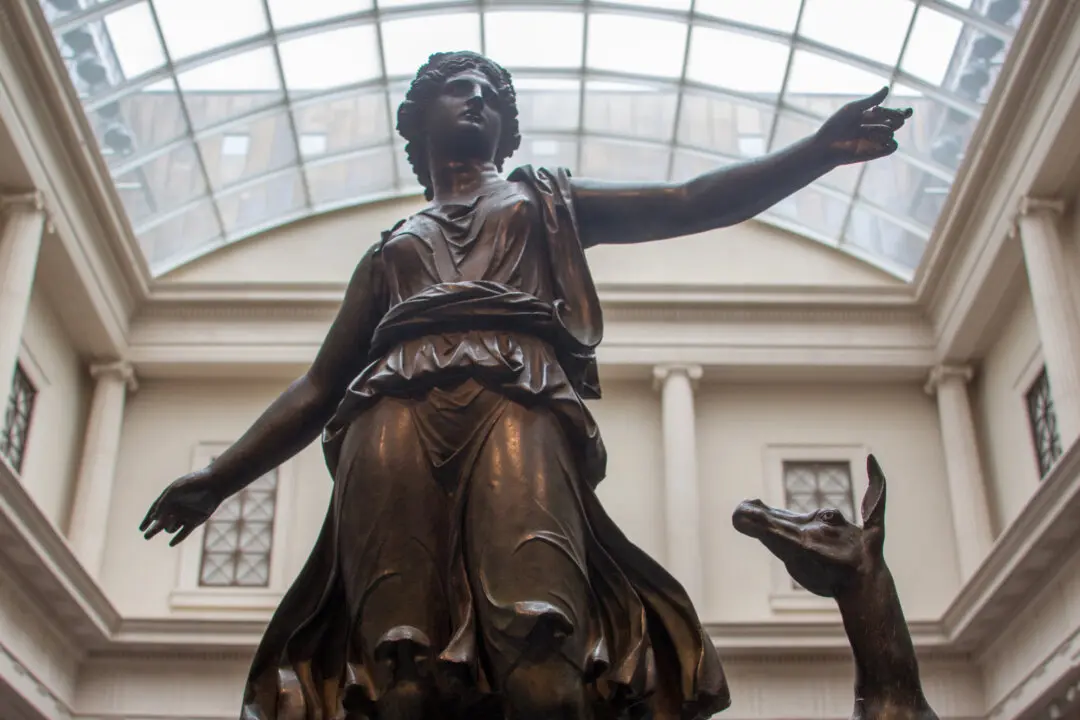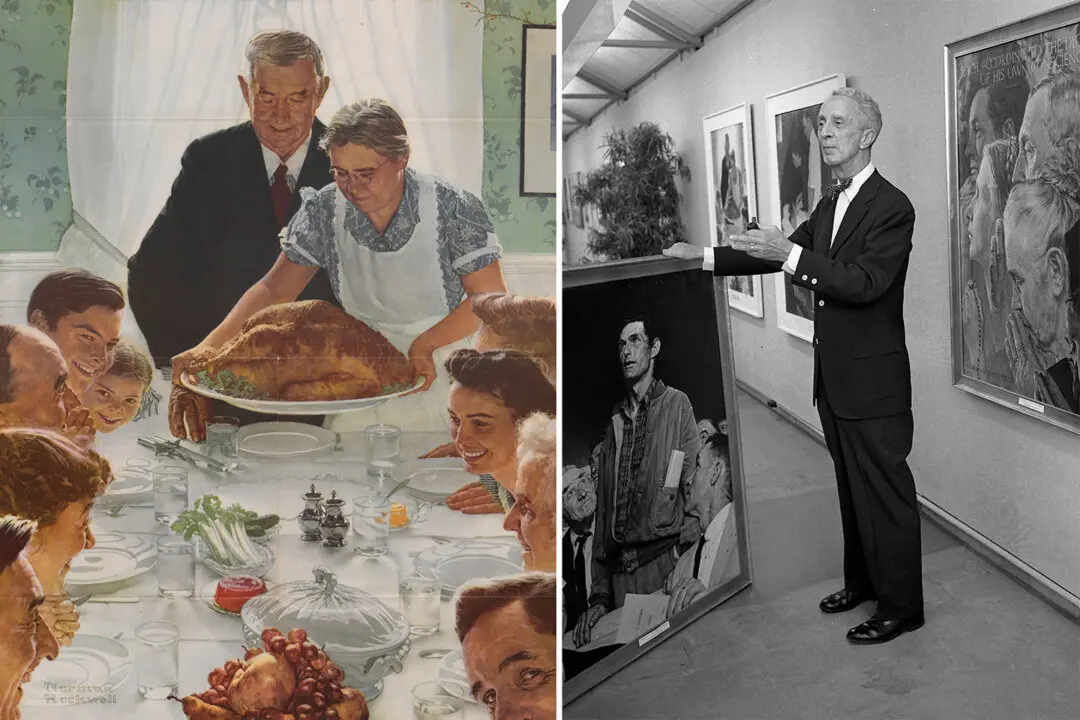It was a dark and stormy night when one of the world’s most infamous art heists took place. The date was Oct. 17, 1969, and the location was Palermo, Sicily. As the skies shook with thunder and lightning following a parched summer, two thieves entered the Oratory of Saint Lawrence through a window. Using razor blades, they cut with surgical precision a beloved painting by Caravaggio from its frame above the altar. Nearly 55 years later, “Nativity with Saints Francis and Lawrence” remains missing. It’s ranked on the FBI’s list of top 10 art crimes.
Michelangelo Merisi da Caravaggio (1571–1610) was one of the most important and influential artists of the Baroque movement and, indeed, all of art history. Caravaggio transformed the popular Renaissance painting style of idealization by exploring new practices. He utilized ordinary people to pose as models, employed theatrical lighting, and used unconventional compositions that broke down the barrier between the viewer and the realm of the painting.





